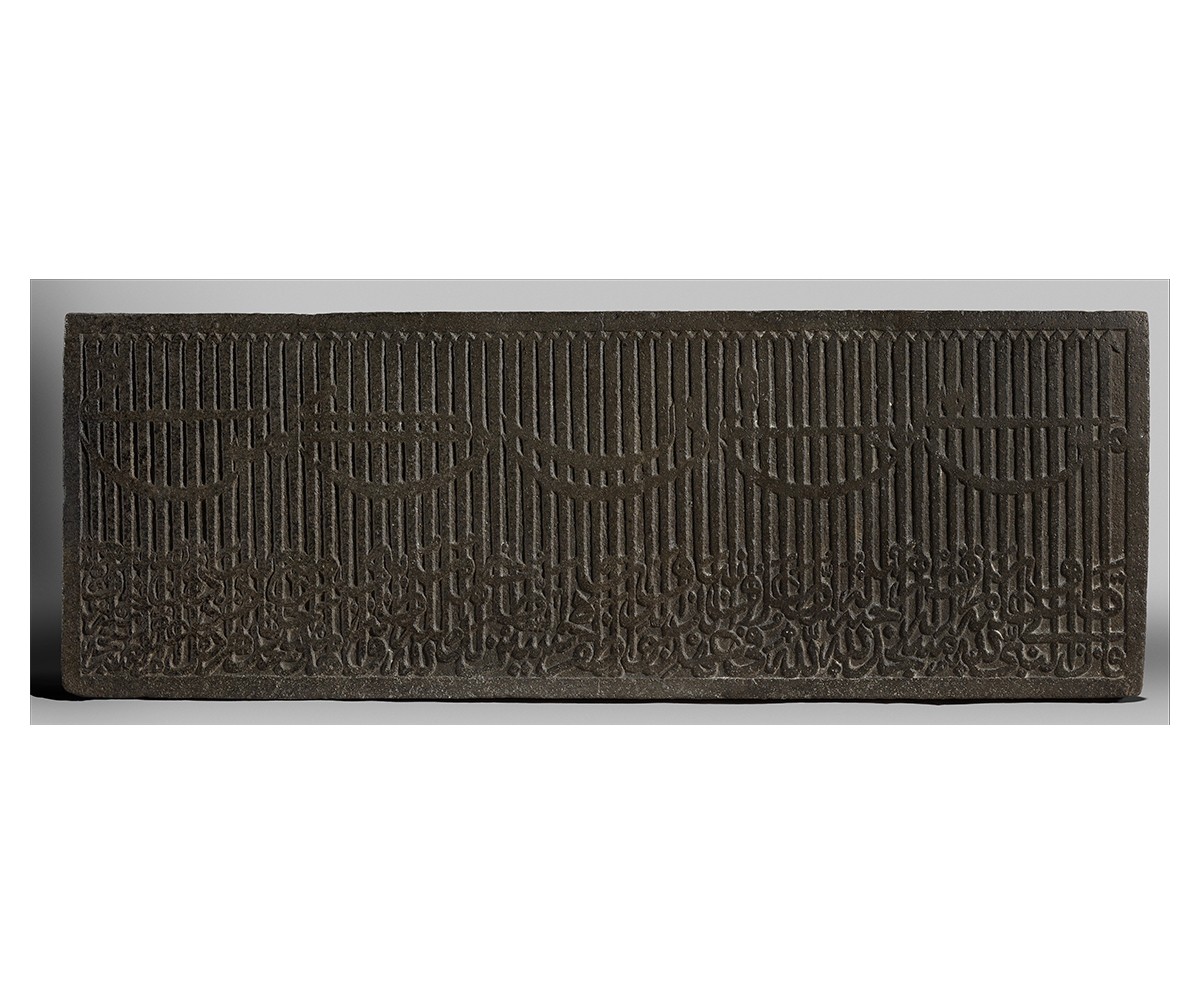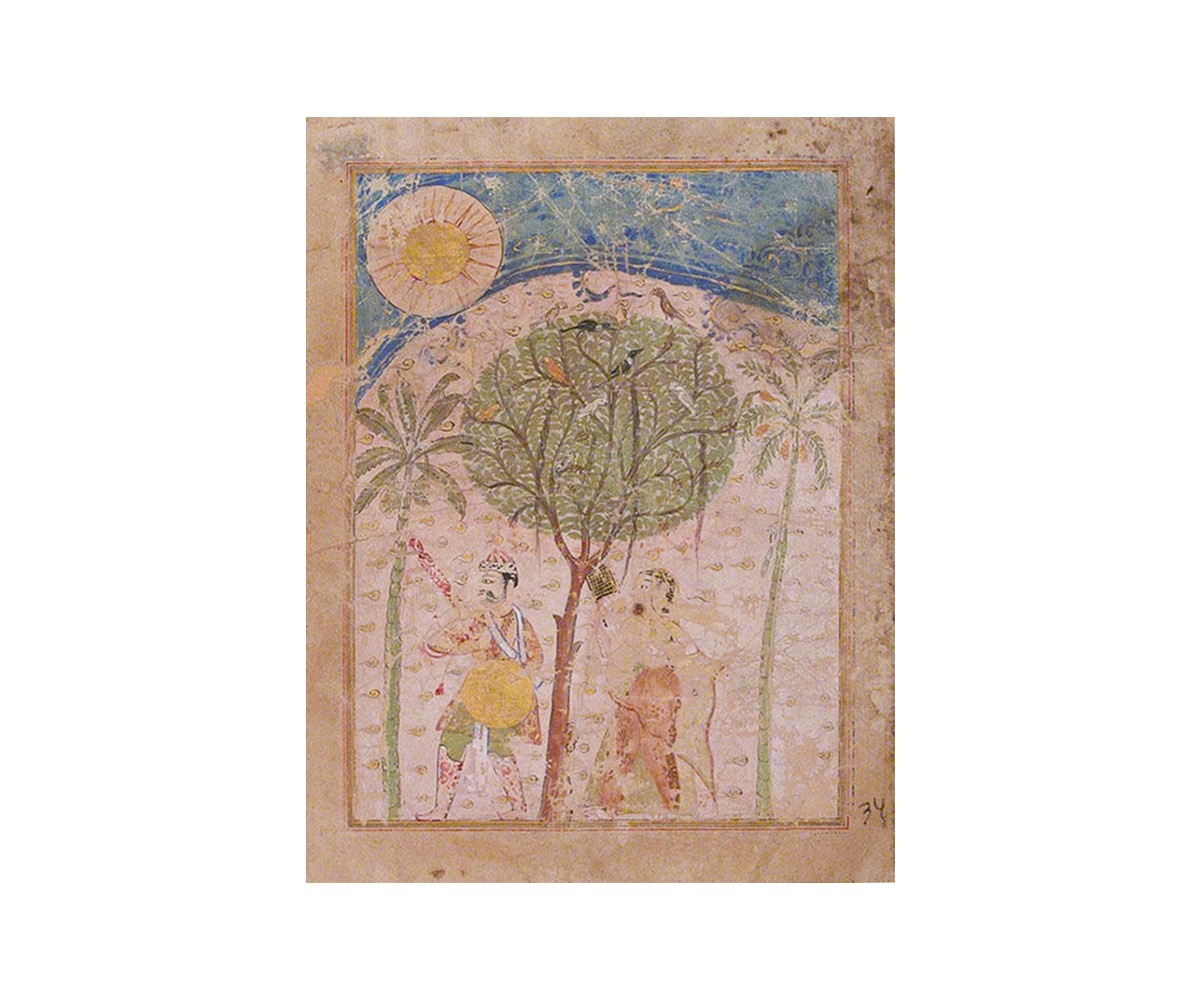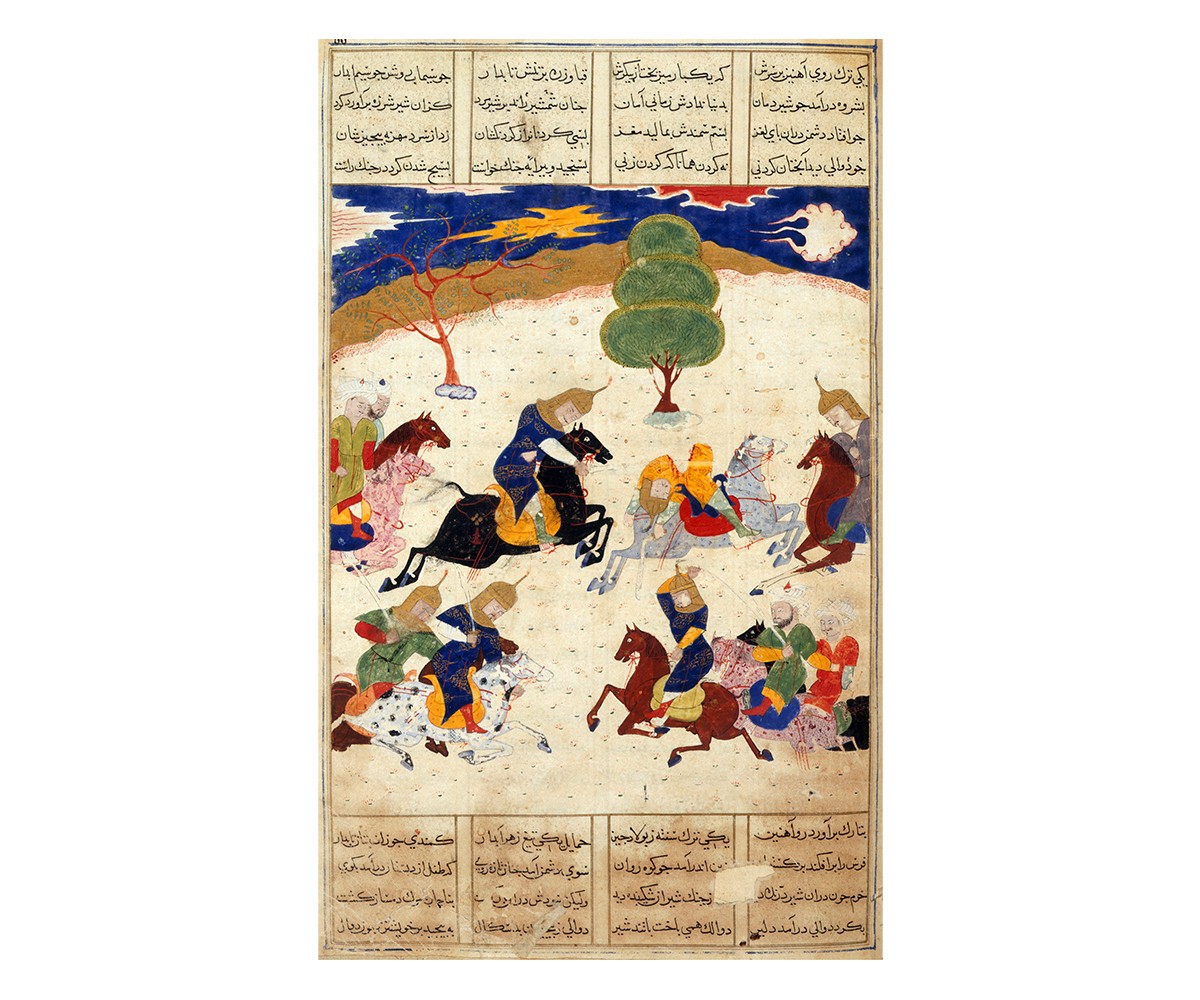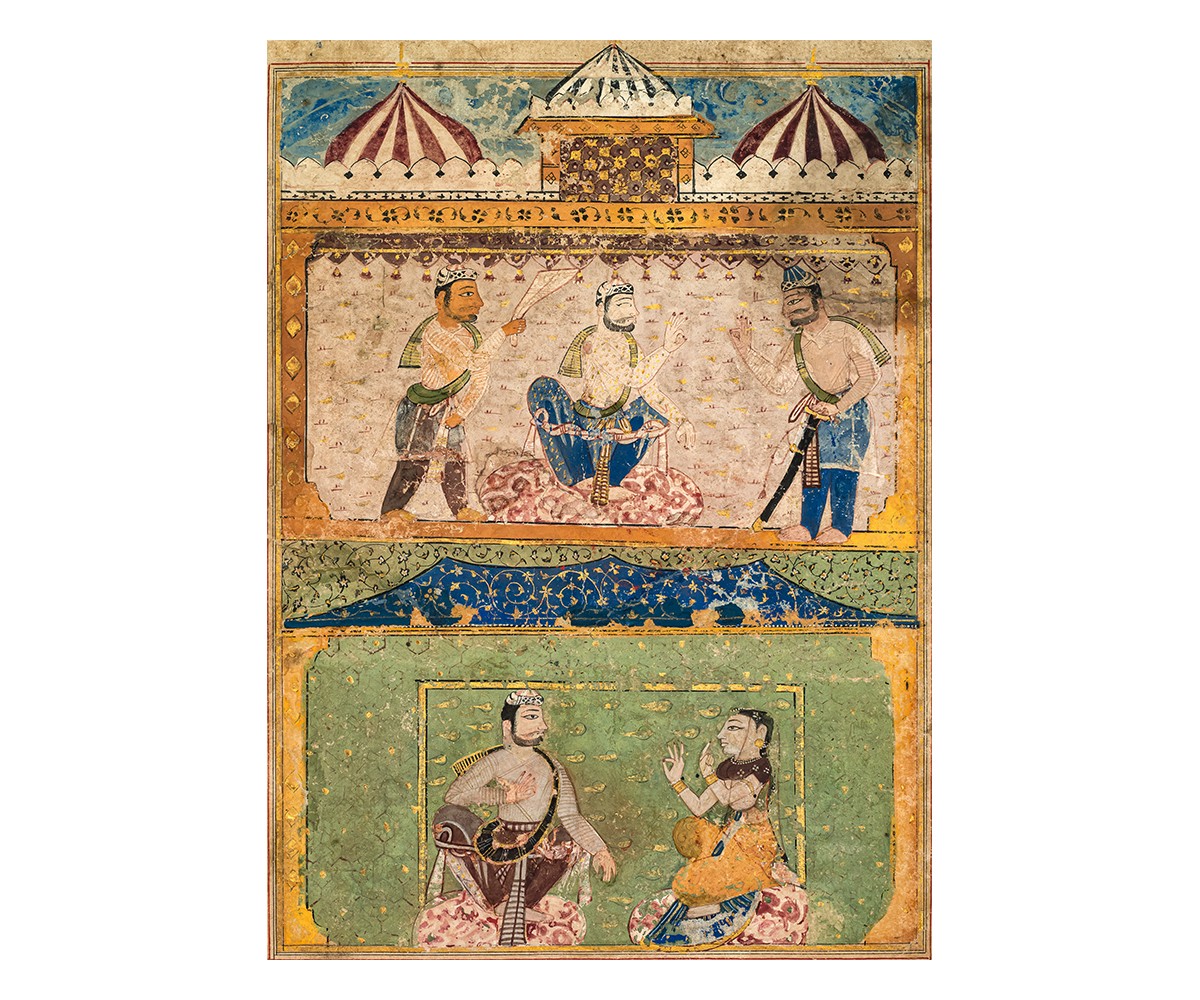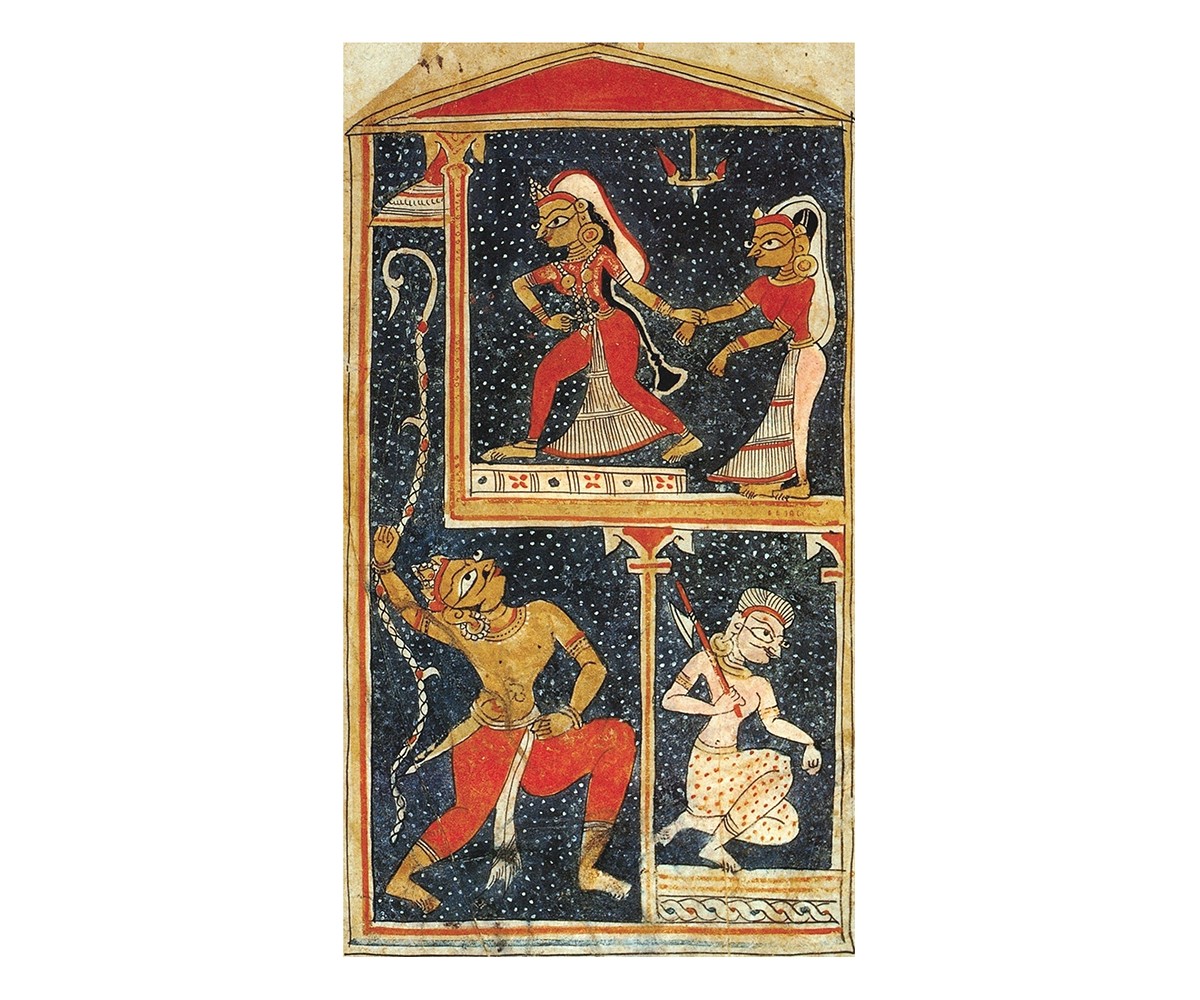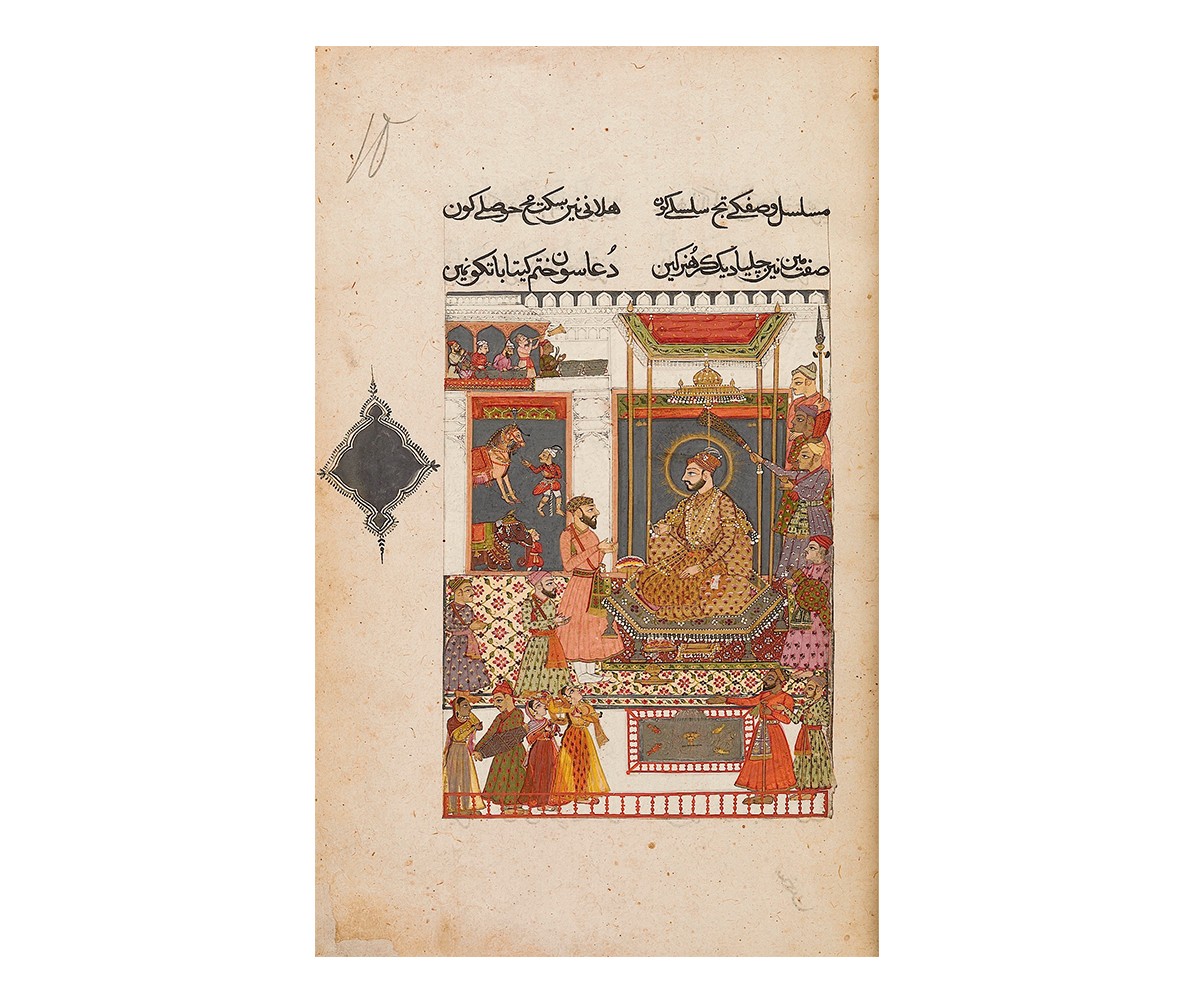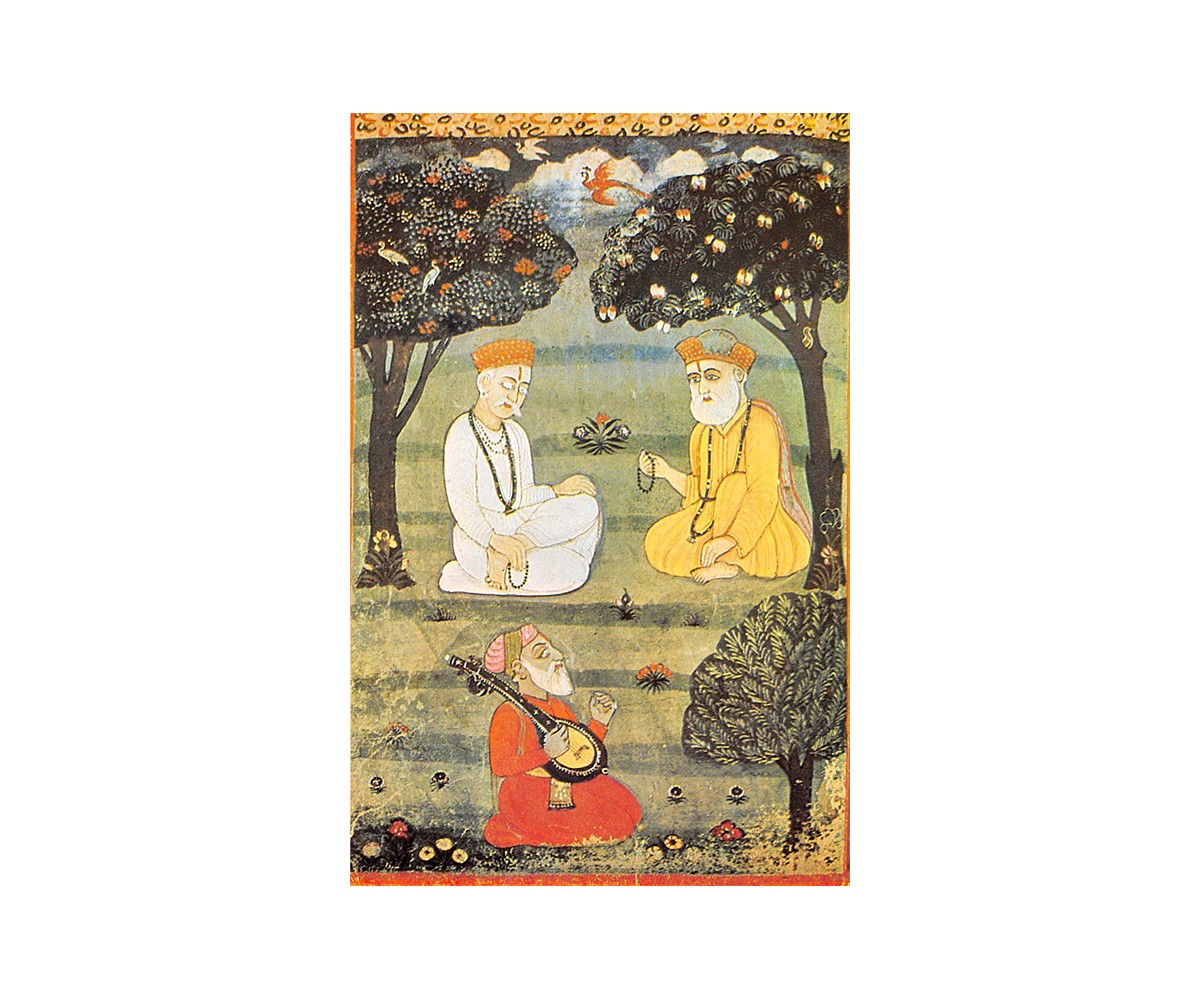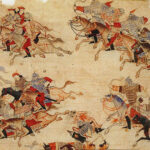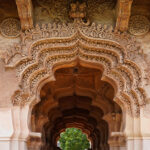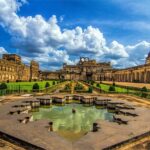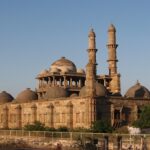Vernacular Literatures Flourish
1450–1550
The emergence of regional states spurs a trend of democratisation of language, with vernacular languages emerging to the fore alongside Sanskrit, Arabic and Persian. The changes to language and literature affect all spheres of life — political, religious, cultural and social — each influencing the movement of people in a time of political turmoil. Bards and scribes gain importance in regional courts as they also play a role in crafting genealogies that place patrons — often from peasant backgrounds — in larger social and historical contexts.
Sultanates in present-day Bangladesh, West Bengal and Gujarat assert their regional political characters through patronage for translations of religious texts to local languages and bilingual inscriptions alongside Sanskrit on public structures. In terms of religion, the verses of Guru Nanak, Kabir, Mirabai and Surdas are dated to this period, along with Sufi romances like Da’ud’s Chandayana and religious texts in Dakkani commissioned by Sufi saints in the Deccan region, while Jain patrons sponsor manuscripts in Prakrit. Major works of Telugu poetry are commissioned by the Vijayanagara court, making it the dominant language of poetry and court culture in southern India; this tradition is continued by the Deccan sultanates, especially Golconda in present-day Telangana.
Bibliography
Deol, J. S. “Love and Mysticism in the Punjabi Qissas of the Seventeenth and Eighteenth Centuries.” M. Phil thesis. School of Oriental and African Studies, University of London, 1996.
Glucklich, Ariel. The Strides of Vishnu: Hindu Culture in Historical Perspective. New York: Oxford University Press, 2008.
Maryam, Fatima. “Relations of the Sufis with the Rulers of Deccan (14th – 17th Centuries).” PhD thesis, Centre of Advanced Study, Aligarh Muslim University, 2012.
Qazi, Atiya Parveen and Arvind Kumar. “Mysticism And Sufi Order In The Deccan.” Aayushi International Interdisciplinary Research Journal 6, no. 5 (May 2019): 80–91.
Feedback 
This entry appears in
Art in South Asia
Visit Timeline
Associated Timeline Events
First Published: March 11, 2024
Last Updated: August 5, 2024



